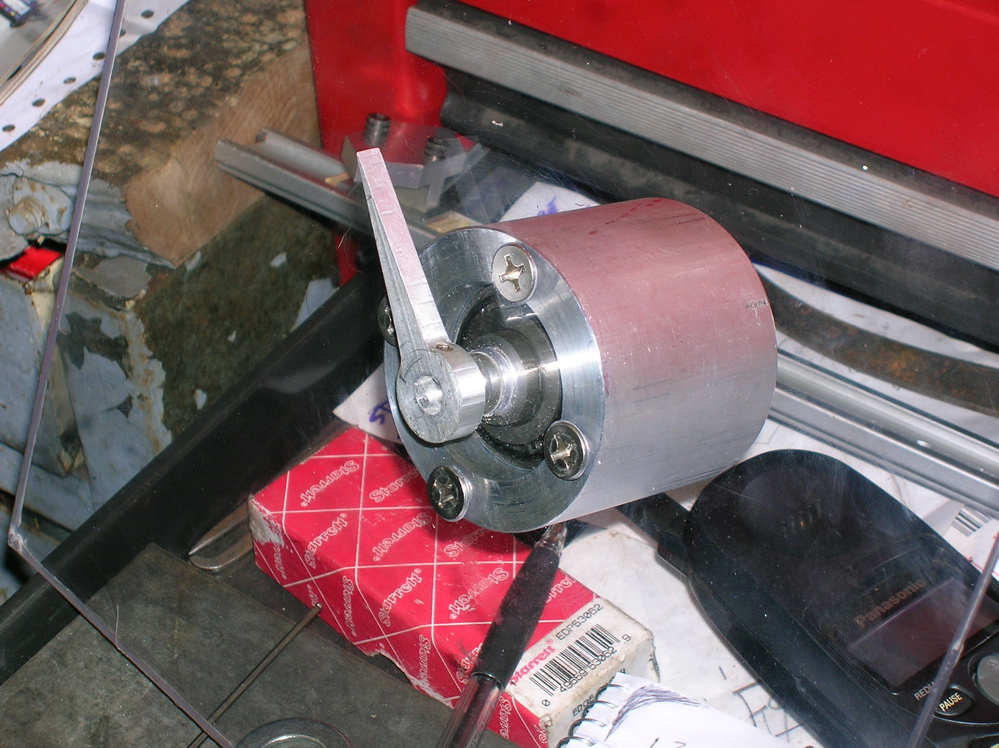This project was commissioned by the Climate Change Research Center at UNH, as part of their educational outreach program.
Installed at the Seacoast Science Center at Odiorne point, the concept was an interactive/hands-on display outlining aspects of air quality and it’s impact.
I consulted on the design, generated prototypes/mock ups, and produced the mechanisms and their respective mounting configurations.
The display includes a number of moveable dials and sliders that children can manipulate to reflect the weather on the day of their visit.
This double barreled air pump is used to simulate the effort required to take a proper breath on a ‘bad air’ day; E.G., for an asthmatic. Each barrel will inflate a balloon, though one has an restrictor in line.
Much of the metal involved was repurposed.
The working end of the pump assembly. A centering washer, two backer washers, a delrin end cap/bearing/seal, and hydraulic cylinder pump cup. The latter proved to be too stiff, as the air did not expand the lips against the cylinder walls, as would hydraulic fluid. Leather water pump cups were sourced, and that did the trick.
Delrin cap.
Bracketry. The two holes were cut with a slug cutter, and then the plate was sliced on the horizontal mill with a slotting saw.
Using the brackets as fixtures to drill and tap the barrel ends.
Knob end.
End cap with intake port. Aluminum plate; stepped, drilled.
Piston rods. 1/2 stainless rod, threaded each end.
Assembled with stop collar. This prevents overstroke, which would damage the lip of the pump cup on the valve bore.
Test fit/run.
Unit installed.
Dial hub mockup. This was the ‘proof of concept’ display. The spindle turns on a pair of Volkswagen Rabbit wheel bearings. Setting the preload determines the ease with which the pointer can be turned. This is adjustable after installation to account for any wear.
Hubs test mounted to Makrolon sheet.
Test fit. Pointers and dials are cut from plate aluminum, then finish anodized.
Adjusting the graphic layout.
Slider assemblies.
Final install.
Bridgeport set up as an overarm router to cut the slots and openings in the Makrolon sheets.
These overlays were consumable. The finals were applied later.





















